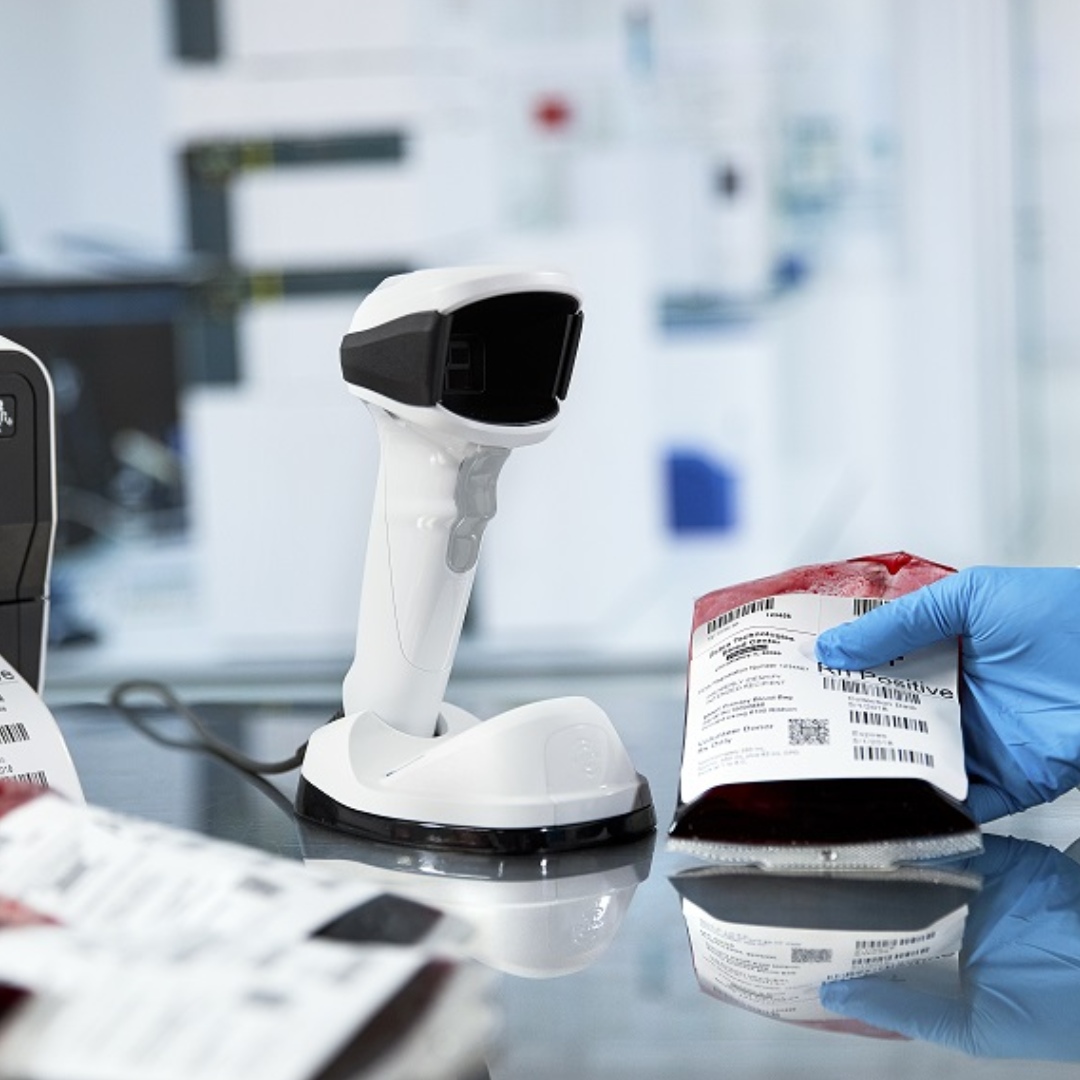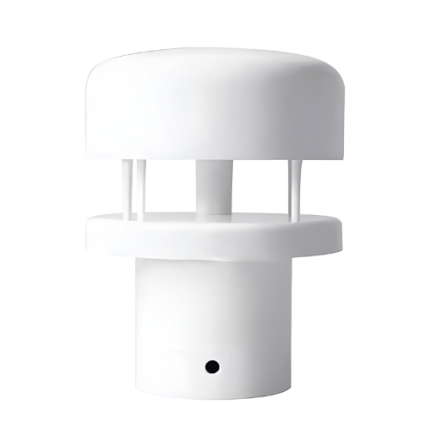Description
Overview of Blood and Tissue Tracking Using RFID or BLE
Blood and tissue tracking systems using RFID (Radio Frequency Identification) or BLE (Bluetooth Low Energy) provide advanced solutions for managing and monitoring critical medical assets. RFID tags and BLE beacons attached to blood bags and tissue samples enable real-time tracking, ensuring accurate inventory management and location monitoring. These systems improve traceability throughout the supply chain, from donation to storage and transfusion or transplantation. By automating data capture and reducing human error, RFID and BLE technologies enhance operational efficiency and compliance with regulatory standards. Additionally, real-time alerts for storage conditions and expiration dates help maintain the integrity and safety of blood and tissue supplies, ultimately improving patient care outcomes.
Applications in Blood and Tissue Tracking Using BLE or RFID
- Inventory management
- Donor identification
- Real-time location tracking
- Temperature monitoring
- Automated data logging
- Storage condition monitoring
- Expiration date tracking
- Compliance with regulatory standards
- Chain of custody documentation
- Transportation monitoring
- Automated check-in/check-out processes
- Cold chain verification
- Supply chain optimization
- Traceability from donation to transfusion
- Tissue sample lifecycle management
- Blood bag labeling
- Automated alerts for condition deviations
- Hospital inventory integration
- Cross-departmental tracking
- Real-time inventory visibility
- Usage tracking and reporting
- Reducing human error in tracking
- Enhanced security and access control
- Donation history tracking
- Patient safety assurance
- Quality assurance tracking
- Mobile tracking capabilities
- Reduction of manual documentation
- Emergency supply tracking
- Integration with electronic health records (EHR) systems
- Automated reordering
- Data analytics for usage patterns
- Batch tracking for recalls
- Improved audit trails
- Resource allocation optimization
- Real-time alerts for inventory shortages
- Sterilization tracking for tissue samples
- Integration with laboratory information systems (LIS)
- Automated donor eligibility verification
- Improved blood bank management
Technical Specifications of GAO Tek Blood and Tissue Tracking Using BLE or RFID
BLE Beacons or RFID tags in Blood and Tissue Tracking in Systems
In Blood and Tissue Tracking systems, RFID tags and BLE beacons are carefully attached to ensure precise monitoring and maintain the integrity of the blood and tissue samples. The attachment process is designed to be robust, secure, and compliant with healthcare standards.
RFID tags are typically affixed to blood bags and tissue containers using medical-grade adhesives or integrated into the packaging during manufacturing. These tags must withstand various environmental conditions, including refrigeration and transportation. For blood bags, RFID tags are often placed on the exterior surface, ensuring they do not interfere with the bag’s functionality. For tissue samples, tags are attached to the storage containers or embedded within labelling materials to provide seamless integration without compromising sterility.
BLE beacons, used for their real-time tracking capabilities and low energy consumption, are attached to high-value or critical blood and tissue samples. These beacons are secured using durable clips, straps, or adhesive pads. For blood bags, BLE beacons are often clipped to the bag or attached to the label, ensuring they do not obstruct any vital information. For tissue samples, beacons are typically affixed to the outside of the container, where they can monitor conditions like temperature and humidity without direct contact with the sample.
The process of attaching RFID tags and BLE beacons involves ensuring they are securely fastened and do not interfere with the usability or sterility of the blood and tissue samples. This process includes thorough testing to ensure tags and beacons remain intact during storage, handling, and transportation. Additionally, placement is optimized to ensure signal strength and readability while maintaining compliance with healthcare regulations.
BLE Gateways or RFID Readers in Blood and Tissue Tracking Systems
RFID readers are strategically installed in blood and tissue systems to enhance tracking and ensure the integrity of medical supplies. These readers are typically placed at key points along the supply chain. For instance, in blood banks and tissue repositories, RFID readers are located at entry and exit points to monitor the movement of units in and out of storage. Additionally, they are positioned within storage facilities to continuously track inventory levels and environmental conditions. In hospitals, RFID readers are installed in receiving areas, operating rooms, and emergency departments to facilitate real-time tracking of blood and tissue usage, ensuring timely availability, and minimizing wastage.
BLE gateways play a crucial role in complementing the RFID infrastructure within blood and tissue systems. These gateways are often installed in locations where continuous monitoring is required, such as cold storage rooms and vehicles. By deploying BLE gateways, organizations can maintain a constant connection with BLE tags attached to blood bags and tissue containers. This setup allows for real-time monitoring of temperature and humidity, which are critical for preserving the quality and safety of these biological materials. Moreover, BLE gateways are placed in strategic locations within hospitals and clinics, enabling seamless data transfer to central management systems for enhanced oversight and inventory management.
The integration of RFID readers and BLE gateways in blood and tissue systems offers numerous benefits, including improved traceability, enhanced inventory management, and increased operational efficiency. By strategically installing these technologies at various points in the supply chain, from collection and storage to transportation and final usage, healthcare providers can ensure that blood and tissue products are handled with the utmost care. This comprehensive monitoring framework not only helps in maintaining compliance with regulatory standards but also significantly reduces the risk of errors and contamination, ultimately leading to better patient outcomes.
Cloud Systems
GAO Cloud BLE or RFID Systems consists of the following parts:
GAO RFID Readers and Tags, and RFID Readers and Tags
RFID or BLE Cloud & On-Premises
BLE or RFID Cloud, Server, PC & Mobile
GAO Cloud Services Engine for BLE or RFID
Cloud Infrastructure, RFID & BLE Middleware, Data Analytics and Business Intelligence, and Security Measures.
Integration APIs
APIs enable seamless integration between the BLE or RFID solution and existing blood and tissue tracking systems such as POS, inventory management, and e-commerce platforms, allowing for data exchange and synchronization.
Server, PC & Mobile Systems
GAO Server, PC & Mobile BLE or RFID Systems are composed of
RFID Tags and Readers, RFID Tags and Readers,
GAO Server, PC & Mobile Software Engine for BLE & RFID
Servers, PCs, Mobile Computing Devices and Infrastructure, Middleware Software, and Database Management System.
Integration with Blood and Tissue Tracking Systems
The server, PC and mobile solution integrates with existing blood and tissue tracking systems such as inventory management, point-of-sale (POS), and enterprise resource planning (ERP) systems. Integration is achieved through APIs, database connections, or middleware adapters, enabling seamless data exchange and synchronization.
All GAO’s RFID products are jointly offered by GAO Tek Inc. and its sister company GAO RFID Inc., ranked as a top 10 global RFID and IoT supplier. For RFID products on https://gaotek.com/, please visit RFID-BLE category, and its sub-categories: BLE Gateways, Beacons & Accs, UHF Readers, Tags & Accs, NFC & HF Readers, Tags & Accs, LF Readers, Tags & Accs, and BLE or RFID Cloud, Server, PC & Mobile.
You also are encouraged to visit gaorfid.com that offers a more comprehensive, more complete and different set of BLE & RFID products: BLE, RFID Readers, RFID Tags, Antennas & Accessories, RFID Systems, System By Feature.



